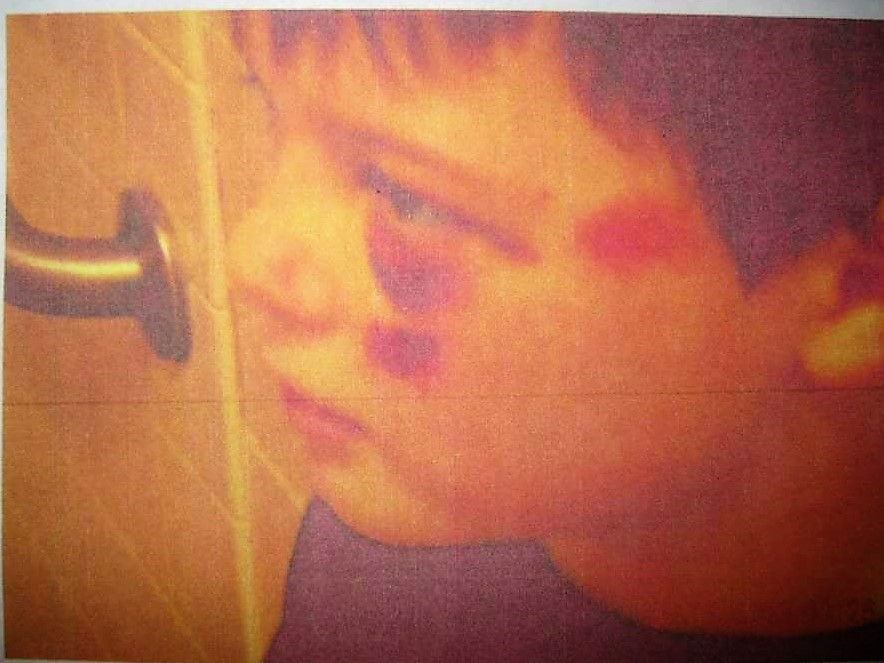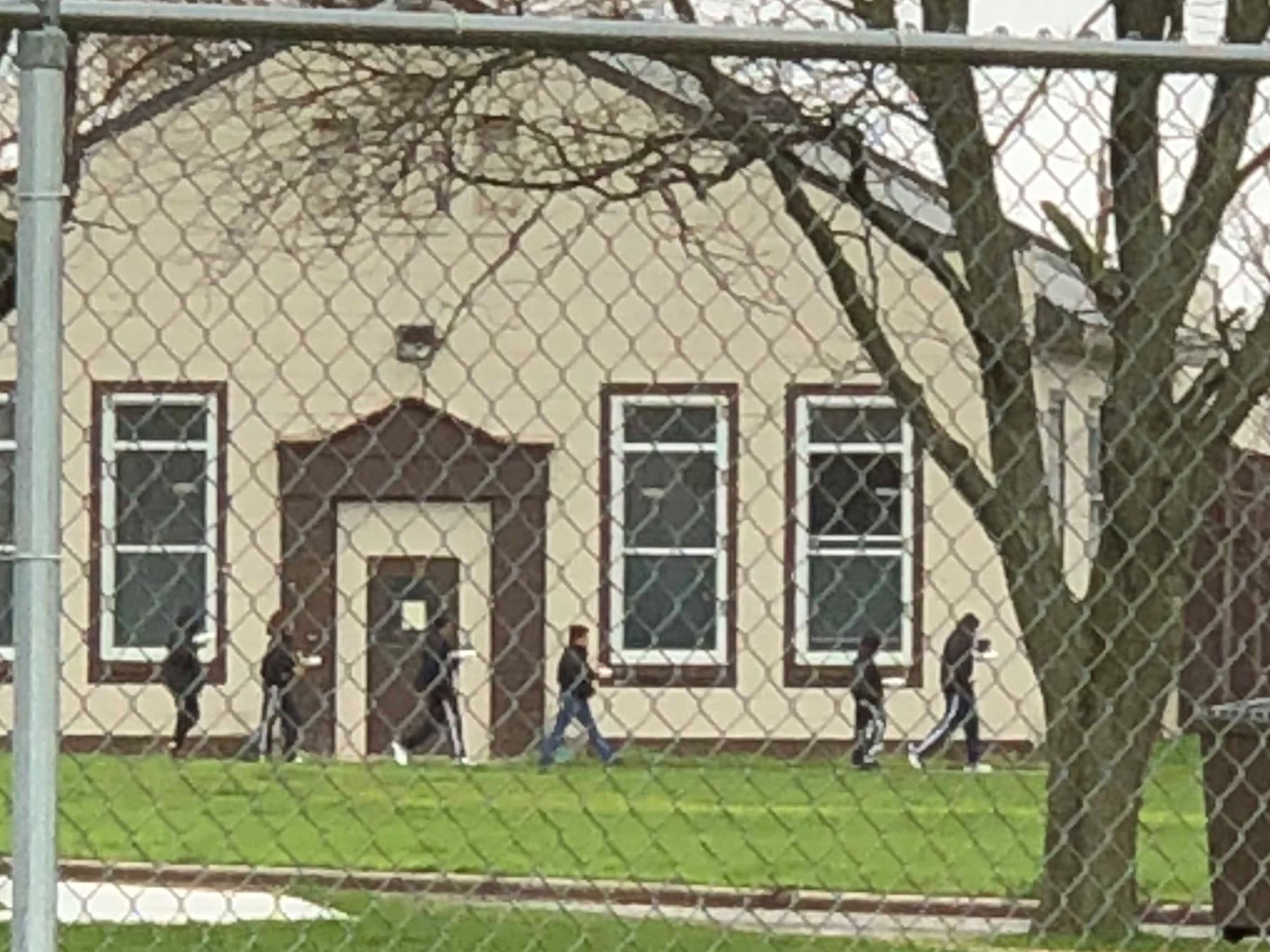For the first time in South Dakota, unannounced surprise inspections would be conducted at private youth treatment centers as part of a sweeping oversight reform package being pushed by Gov. Kristi Noem.
Noem has proposed a major overhaul to how South Dakota oversees, inspects and updates the public about conditions in privately run youth homes across the state.
Under the proposal, youth treatment facilities in South Dakota would be subjected to far greater state scrutiny and oversight, and public access to inspection and complaint information would be heightened.
Among the proposals: more independent, non-agency inspectors would be hired; regular inspections would double in frequency and some additional inspections would be unannounced; and a full-time, independent monitor would be hired solely to hear and review complaints of abuse from facility residents.
At present, administrators of private youth homes are told in advance when inspections will be held and public access to records is limited.
“The health and safety of the next generation is our top priority. We cannot let kids fall through the cracks,” Noem said in a December news release announcing the proposed reforms.
In June 2019, Noem ordered the state Department of Social Services to undergo a full review of licensing and inspection practices of all privately run youth facilities in the state.
The review was ordered shortly after the publication in early June of an investigation by South Dakota News Watch that uncovered a pattern of abuse of children, questionable abuse reporting practices and lax state oversight at the private Aurora Plains Academy intensive residential treatment facility in Plankinton, S.D.

February 2020 Update: Surprise inspections now underway
The first unannounced inspection of a youth home in South Dakota took place in January, evidence that Gov. Kristi Noem has begun reforms of the oversight processes related to the youth treatment institutions.
Inspectors from the South Dakota Department of Social Services arrived for an unannounced inspection of the Children’s Home Society residential youth treatment facility and school in Sioux Falls on Jan. 14, according to Michelle LaVallee, CEO of the home society. DSS is the state regulatory agency that oversees youth facilities in South Dakota.
The surprise inspection included a tour of the school, a review of staffing schedules, interviews with staff and an inspection of the school and housing units. No citations were issued as a result of the inspection, Children’s Home Society Director of Compliance Jody Carpenter reported to South Dakota News Watch.
Also, a surprise inspection of the facility was conducted over two days in early January by officials with the Center for Medicaid Services, the federal regulatory agency. CMS inspectors reviewed student records, personnel files, training reports and credential files, and they examined risk and safety data and protocols. A tour of the facility and interviews with residents, parents and staff also took place during the two-day CMS visit, Carpenter said. That review also resulted in no citations issued, Carpenter said.
In December, Gov. Noem announced a host of inspection and regulatory reforms regarding privately run youth facilities in the state following a 2019 investigation by News Watch that revealed a pattern of abuse of residents at the Aurora Plains Academy in Plankinton. That investigation followed the February 2019 runaway by 9-year-old Serenity Dennard from the Black Hills Children’s Home near Rockerville. Serenity’s whereabouts remain a mystery.
The reforms, Noem said, would include the first-ever unannounced inspections of the facilities, which have now begun.
“We are on board with the governor’s increased inspections,” LaVallee told News Watch. “We believe fully in transparency with our licensing agencies.”
The resulting 48-page report, published in December by DSS Secretary Laurie Gill, included involvement of six state agencies and was ordered by Noem in response to “recent scrutiny” and “several media and public information requests.”
The report makes 10 recommendations, some of which may require legislative approval but all of which are intended to improve the safety of children and youths in the state treatment system that is largely privatized.
“I’ve tasked my Department of Social Services with improving the well-being of kids and youth placed in treatment facilities across the state. In the 2020 [legislative] session, I will bring legislation that prioritizes the safety of at-risk kids,” Noem said.
The News Watch investigation showed that over a period of years, numerous residents of Aurora Plains had been physically, mentally and sexually abused or tormented by employees of the academy, which operates mostly on federal Medicaid funding but is overseen by the state. The News Watch investigation also uncovered that all state inspections are pre-announced, that public access to information about the facilities and any problems is highly limited, and that employees at the academy sometimes pressured colleagues to minimize or alter reports on incidents in which children were harmed.
Aurora Plains is one of eight residential youth treatment centers in South Dakota, but is the only intensive treatment facility.
The News Watch report was published four months after a tragedy at another private youth home, the Black Hills Children’s Home in Rockerville, where a 9-year-old girl walked away in February and has never been found.
In the days after the News Watch articles were published, Noem said in a statement that, “As a mom, it deeply saddens me to read the stories of these kids. Regardless of whether a situation happened 10 years, 10 months or 10 days ago, abuse is never OK. I hope we can learn and take corrective action where it is needed to protect our most vulnerable population.”
The DSS review focused on the licensing, accreditation and certification process of youth homes; the complaint and investigative processes; corrective action plans; and transparency and confidentiality of investigations.

Major recommendations from the report include:
— Increasing on-site licensing inspections from annually to twice per year. Beyond the scheduled bi-annual inspections, state regulators for the first time would make unannounced inspection visits throughout the year. Facilities under a corrective plan would be inspected quarterly.
— Hiring additional independent, contracted inspectors to increase and improve inspection of facilities, and to “provide an independent investigation which will allow for further objectivity.”
— Hiring a “grievance monitor” to provide an entity outside state agency control to receive, review and monitor grievances directly from children and youths.
— Making available to the public a “central repository” of DSS inspection reports, and revising corrective action plans — documents that outline violations and require improvements — to heighten state monitoring of compliance and to make the reports easier for the public to access and understand.
— Producing an annual online report by the Child Protective Services division of DSS of allegations of child abuse or neglect and resolving any investigations into those claims.
“I have asked [DSS] Secretary Gill to develop a work plan to implement the comprehensive list of recommendations included in the report,” Noem said in the December news release.
In the summary of her report, Gill wrote, “The state must clearly maintain its focus on ensuring children and youth placed in treatment facilities across the state are safe. There are areas needing attention and support to improve procedures and practices.”




